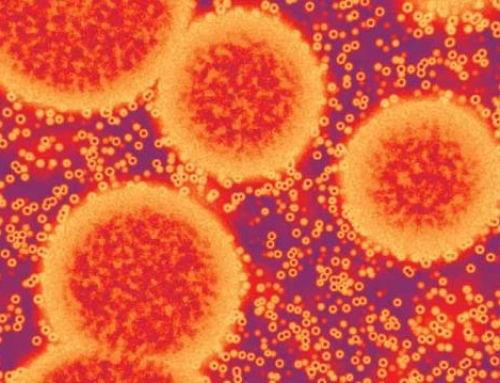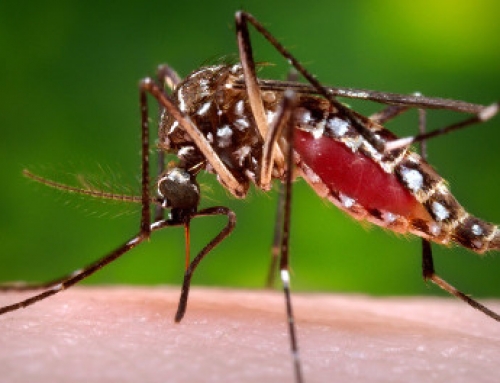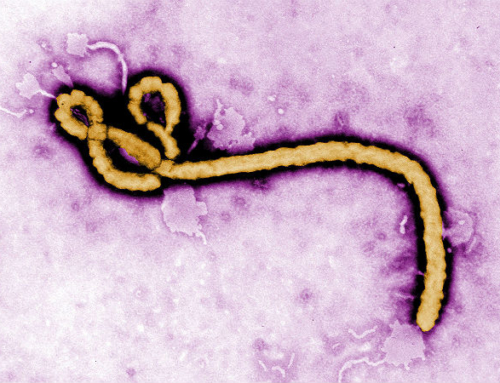The Zika outbreak is a major global public health emergency. In this article we discuss Zika virus life cycle and pathogenicity to understand virus transmission, infection mechanism and spread in humans.
Zika virus (ZIKV) was isolated from a Rhesus monkey in 1947, while researchers were working on yellow fever, in the Zika forest of Uganda. The virus was subsequently isolated in the same forest from A. africanus mosquitoes
[1]. Until the turn of this century, it was believed that Zika rarely caused human infections. Although, the first Zika infection in humans was reported in a Nigerian man in 1953 [2], the virus was isolated from humans much later [3]. The primary life cycle was mosquito-monkey-mosquito, with an occasional human infection. However, Zika outbreaks have become widespread and rampant since 2007, when an epidemic occurred in Micronesia [4, 5]. The recent 2015-16 epidemic made many governments issue travel warnings and guidance.




